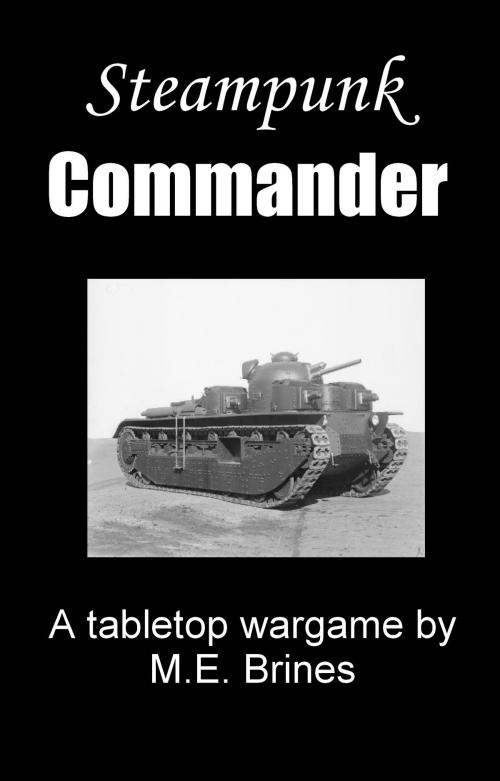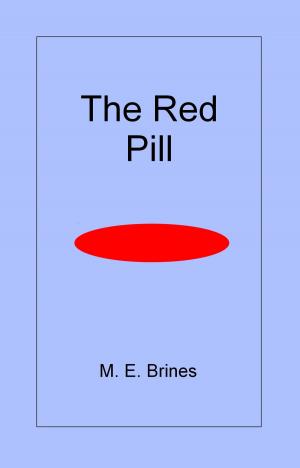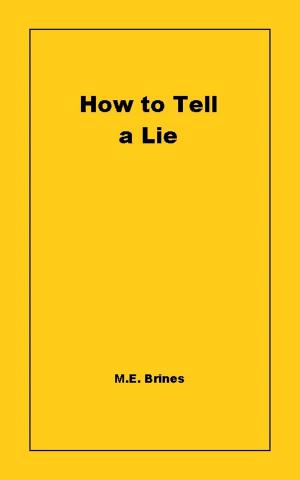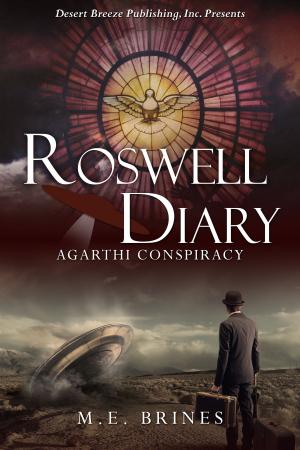| Author: | M.E. Brines | ISBN: | 9781301404889 |
| Publisher: | M.E. Brines | Publication: | January 24, 2013 |
| Imprint: | Smashwords Edition | Language: | English |
| Author: | M.E. Brines |
| ISBN: | 9781301404889 |
| Publisher: | M.E. Brines |
| Publication: | January 24, 2013 |
| Imprint: | Smashwords Edition |
| Language: | English |
Steampunk Commander is a set of rules for tabletop gaming using any sort of miniature figurines or models. All that is required to recreate fantastic battles set in a hypothetical Victorian Age are a large table or other playing area, a deck of regular playing cards, an assortment of model figurines, military vehicles and whatever model scenery you desire.
You will also need some paper and pencil (or index cards and a pen, whichever you prefer) and some game markers to indicate figures that are pinned or panicked, or that have malfunctioning weapons. For this you can use small change or poker chips. Red chips or dimes are malfunction markers. White chips or pennies are pin markers. Blue chips or nickels are aim markers. You’ll also need two circular blast templates. A small one for grenades and a larger one for artillery attacks. The plastic lids from Pringles chips, a can of nuts, coffee or oatmeal cylinders do nicely. A bag of cotton balls is also useful to indicate smokescreens or fires. I use the regular cotton balls for smoke. If you like, paint or tint some of the balls with a red marker to indicate flames.
The playing area can be of any size. A ping-pong table works very well, but even an ordinary kitchen table can be used. Keep in mind the smaller the play area, the smaller the battle. The garage floor works great for really epic battles, unless you’re like me and have more junk in there than a construction-site dumpster and therefore have to default to the kitchen table.
Model figurines can be of any scale or type. You could use collectable, lovingly painted fifteen or 25mm scale metal figures like the ones popular for Civil War soldiers. But the emphasis of these rules is on inexpensive “quick and dirty” solutions. While you can carefully craft scale model land dreadnoughts and walking steam mechs with little hand-painted stormtroopers in spiked helmets to accompany them, by the time you’ve finished one figure, the rest of us will have played three games using little green army men purchased at a dollar store. It’s your call. But I’m going to provide a quick & easy game system with suggestions for converting easily available model kits and toys into steampunk themed military vehicles you can blast your friends’ armies with. (And there is a theory circulating between military history buffs that historically the army with the snazziest uniforms always loses the war. Just sayin’.)
Model scenery is easy to create. I provide some general suggestions for creating model terrain features that, while serviceable, won’t win you any diorama awards. But they will get you playing without having to spend a fortune and then require weeks creating something close to a model railroad layout. Again, while you’re perfectly free to take that route, I’ll show you ways to create tiny towns and entrenchments inexpensively in hours that you can then happily spend months fighting battles over.
Steampunk Commander is a set of rules for tabletop gaming using any sort of miniature figurines or models. All that is required to recreate fantastic battles set in a hypothetical Victorian Age are a large table or other playing area, a deck of regular playing cards, an assortment of model figurines, military vehicles and whatever model scenery you desire.
You will also need some paper and pencil (or index cards and a pen, whichever you prefer) and some game markers to indicate figures that are pinned or panicked, or that have malfunctioning weapons. For this you can use small change or poker chips. Red chips or dimes are malfunction markers. White chips or pennies are pin markers. Blue chips or nickels are aim markers. You’ll also need two circular blast templates. A small one for grenades and a larger one for artillery attacks. The plastic lids from Pringles chips, a can of nuts, coffee or oatmeal cylinders do nicely. A bag of cotton balls is also useful to indicate smokescreens or fires. I use the regular cotton balls for smoke. If you like, paint or tint some of the balls with a red marker to indicate flames.
The playing area can be of any size. A ping-pong table works very well, but even an ordinary kitchen table can be used. Keep in mind the smaller the play area, the smaller the battle. The garage floor works great for really epic battles, unless you’re like me and have more junk in there than a construction-site dumpster and therefore have to default to the kitchen table.
Model figurines can be of any scale or type. You could use collectable, lovingly painted fifteen or 25mm scale metal figures like the ones popular for Civil War soldiers. But the emphasis of these rules is on inexpensive “quick and dirty” solutions. While you can carefully craft scale model land dreadnoughts and walking steam mechs with little hand-painted stormtroopers in spiked helmets to accompany them, by the time you’ve finished one figure, the rest of us will have played three games using little green army men purchased at a dollar store. It’s your call. But I’m going to provide a quick & easy game system with suggestions for converting easily available model kits and toys into steampunk themed military vehicles you can blast your friends’ armies with. (And there is a theory circulating between military history buffs that historically the army with the snazziest uniforms always loses the war. Just sayin’.)
Model scenery is easy to create. I provide some general suggestions for creating model terrain features that, while serviceable, won’t win you any diorama awards. But they will get you playing without having to spend a fortune and then require weeks creating something close to a model railroad layout. Again, while you’re perfectly free to take that route, I’ll show you ways to create tiny towns and entrenchments inexpensively in hours that you can then happily spend months fighting battles over.















